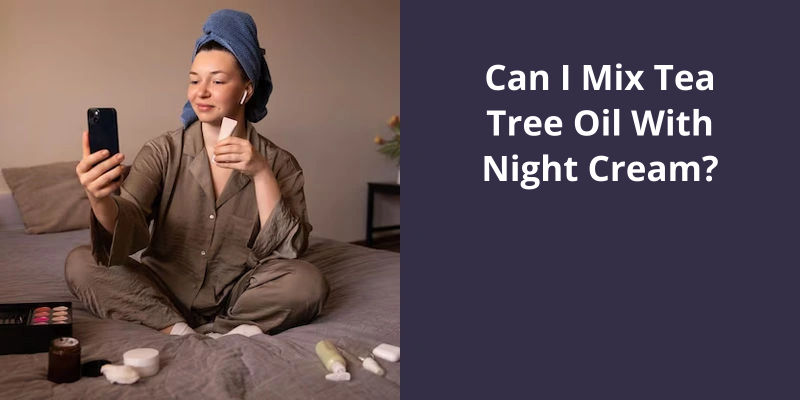When adding fragrance oil to hot process soap, the amount varies depending on the strength of the oil and personal preference but it typically ranges between 0.5 ounces to 1 ounce per pound of soap. It’s recommended to start with a smaller amount of fragrance and add more if necessary to avoid making the scent too overpowering. You need to ensure the scent is added at the right stage of the hot process soap making to maximize fragrance retention; ideally, the fragrance should be added after the cook and before the mold. Too much fragrance oil can lead to potential skin irritation or unanticipated soap reactions so it’s important not to exceed the recommended usage rates.

How Do You Add Scent to Soap Naturally?
Adding fragrance or scent to soap can enhance the overall experience and make it more enjoyable. If you prefer a natural approach, there are several ways to add scent to soap without the use of synthetic fragrances. One popular method is to use essential oils, which are derived from plants and have natural aromatic properties.
To determine the appropriate amount of fragrance or essential oil to add to hot process soap, it’s best to follow a general guideline. For a strong scent, you can add approximately 0.7 ounces of fragrance or essential oil per pound of soap. This ratio can be adjusted based on personal preference or the strength of the essential oil being used.
It’s important to note that different essential oils have different strengths and scents. Some oils, like lavender or peppermint, are quite potent and only require a small amount to achieve a strong scent. Others, like citrus oils, may require a slightly larger quantity to achieve the desired fragrance in the soap.
This is typically after the soap has gone through the saponification process and has reached a thick, pudding-like consistency. Adding the scent at this point ensures that it doesn’t evaporate or degrade during the high heat of the soap-making process.
To incorporate the fragrance or essential oil, simply stir it into the hot soap mixture until it’s well blended. It’s important to work quickly but carefully, as the soap may be hot and could cause burns. Once the scent is evenly distributed, you can continue with the curing and molding process as usual.
It’s always recommended to start with a smaller amount and adjust as needed to achieve the desired strength and fragrance in the soap. Experimentation and testing can help you find the perfect balance for your soap-making endeavors.
Now that the soap base has reached the ideal temperature range, it’s time to add your chosen fragrance. It’s important to measure the temperature again, ensuring it falls between 140-150ºF (60-65.6°C) to ensure optimal fragrance absorption. Once confirmed, carefully pour and mix your premeasured fragrance into the soap, making sure to evenly distribute it throughout the mixture.
What Temperature Do You Add Fragrance to Hot Process Soap?
When making hot process soap, it’s essential to add fragrance oil at the right temperature to ensure optimal scent retention. Step 6 in the soap-making process involves adding fragrance, but it’s important to check the soaps temperature beforehand. This ensures that the fragrance will blend well with the soap base and maintain it’s fragrance properties.
This temperature range allows the fragrance to mix evenly without evaporating or losing it’s potency. Adding fragrance oil at this stage will allow it to bond with the soap base and retain it’s scent throughout the curing process.
Before adding fragrance oil, it’s crucial to have it premeasured and ready to go. This ensures a smooth process without any interruptions. Once the soap base is in the desired temperature range, the premeasured fragrance oil can be added directly to the soap base.
The Effects of Adding Fragrance at Different Temperatures on Scent Retention in Hot Process Soap.
- The impact of temperature on scent retention in hot process soap
- How fragrance behaves when added to hot process soap at different temperatures
- The significance of scent retention in hot process soap
- Factors that influence the retention of fragrance in hot process soap
- The benefits of using specific temperatures when adding fragrance to hot process soap
- Methods to enhance scent retention in hot process soap through temperature control
- The relationship between temperature and the longevity of fragrance in hot process soap
- Case studies or experiments highlighting the effects of different temperatures on scent retention in hot process soap
- Comparisons between hot process soap with fragrance added at different temperatures and it’s impact on scent retention
- Expert recommendations and best practices for achieving optimal scent retention in hot process soap
Source: Melt and Pour Soap Making for Beginners – CandleScience
When it comes to homemade soap, the longevity of scent is an important factor to consider. While some scents can last for years, others tend to fade after just a few days. Essential oils, in particular, can be delicate and prone to fading faster than fragrance oils. In fact, some essential oils may not even make it past the first 5 days of soap creation. So, how long does scent last in homemade soap? Let’s delve into this topic further.
How Long Does Scent Last in Homemade Soap?
Scent longevity in homemade soap is a topic that often sparks curiosity among soap makers. In general, scent fade begins to occur approximately 1 to 2 years after the soap is made.
It’s important to note that essential oils tend to fade faster than fragrance oils. While some essential oils can retain their scent for a longer period of time, many don’t possess the lasting power necessary for soap making. As a result, some essential oils are avoided in recipes due to their tendency to fade quickly. In fact, a handful of them can begin to lose their fragrance within the first 5 days after the soap is made.
When selecting fragrance oils for hot process soap, it’s advisable to choose high-quality oils that are known for their long-lasting scents. These fragrance oils are specially formulated to withstand the potentially harsh conditions of soap making, including exposure to heat and chemical reactions.
It’s recommended to store soap in a cool, dry place away from direct sunlight and excessive humidity. Proper storage can help delay scent fade and preserve the fragrance for a longer period.
Factors That Can Affect the Longevity of Scent in Homemade Soap (Such as the Ingredients Used, Curing Time, and Storage Conditions)
When making hot process soap, the amount of fragrance oil added can greatly influence the longevity of the scent. However, several other factors can also play a role in determining how long the scent will last in homemade soap.
Firstly, the ingredients used in the soap recipe can affect scent retention. Some oils and butters have stronger scent-carrying properties, which can help the fragrance last longer. On the other hand, certain additives or botanicals may interfere with the absorption and retention of the fragrance, resulting in a weaker scent over time.
Secondly, the curing time of the soap is crucial. Allowing the soap to cure for a sufficient amount of time, usually around 4-6 weeks, helps the scent fully develop and bond with the soap. If the soap is used or packaged too early, the scent may not have had enough time to properly infuse and might fade more quickly.
Lastly, the storage conditions of the soap can impact scent longevity. Soap should be stored in a cool, dry place away from direct sunlight and humidity. Excessive heat and moisture can cause the fragrance to degrade and weaken over time.
To maximize the longevity of the scent in hot process soap, it’s important to consider these factors alongside the amount of fragrance oil added. Experimentation and proper testing can help determine the ideal ratio for achieving a long-lasting and enjoyable fragrance in homemade soap.
Conclusion
These ratios ensure that the fragrance isn’t overpowering and that the soap retains it’s unique properties. However, it’s important to keep in mind that personal preference and the strength of the fragrance oil should also be taken into account.





